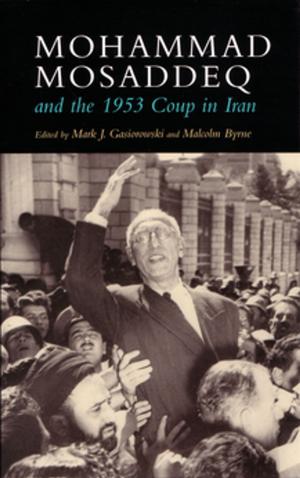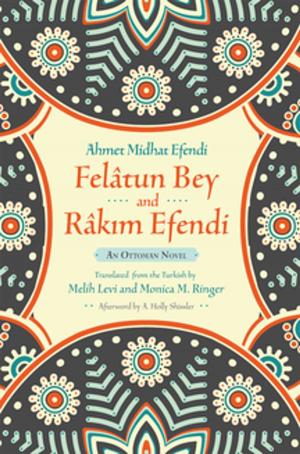In the Wake of the Poetic
Palestinian Artists After Darwish
Nonfiction, Art & Architecture, General Art, Art History, Social & Cultural Studies, Social Science| Author: | Najat Rahman | ISBN: | 9780815653417 |
| Publisher: | Syracuse University Press | Publication: | September 28, 2015 |
| Imprint: | Syracuse University Press | Language: | English |
| Author: | Najat Rahman |
| ISBN: | 9780815653417 |
| Publisher: | Syracuse University Press |
| Publication: | September 28, 2015 |
| Imprint: | Syracuse University Press |
| Language: | English |
Heralding a new period of creativity, In the Wake of the Poetic explores the aesthetics and politics of Palestinian cultural expression in the last two decades. As it increasingly gains a significant presence on the international scene, much of Palestinian art owes a debt to Mahmoud Darwish, one of the finest contemporary poets, and to Palestinian writers of his generation. Rahman maps the immense influence of Darwish’s poetry on a new generation of performance artists, visual artists, spoken-word poets, and musicians. Through an examination of selected works by key artists—such as Suheir Hammad, Ghassan Zaqtan, Elia Suleiman, Mona Hatoum, Sharif Waked, and others—Rahman articulates an aesthetic founded on loss, dispersion, dispossession, and transformation. It interrupts dominant regimes, constituting acts of dissension and intervention. It reinscribes belonging and is oriented toward solidarity and future. This innovative wave of experimentation transforms our understanding of the national through the diasporic and the transnational, and offers a profound meditation on identity.
Heralding a new period of creativity, In the Wake of the Poetic explores the aesthetics and politics of Palestinian cultural expression in the last two decades. As it increasingly gains a significant presence on the international scene, much of Palestinian art owes a debt to Mahmoud Darwish, one of the finest contemporary poets, and to Palestinian writers of his generation. Rahman maps the immense influence of Darwish’s poetry on a new generation of performance artists, visual artists, spoken-word poets, and musicians. Through an examination of selected works by key artists—such as Suheir Hammad, Ghassan Zaqtan, Elia Suleiman, Mona Hatoum, Sharif Waked, and others—Rahman articulates an aesthetic founded on loss, dispersion, dispossession, and transformation. It interrupts dominant regimes, constituting acts of dissension and intervention. It reinscribes belonging and is oriented toward solidarity and future. This innovative wave of experimentation transforms our understanding of the national through the diasporic and the transnational, and offers a profound meditation on identity.















